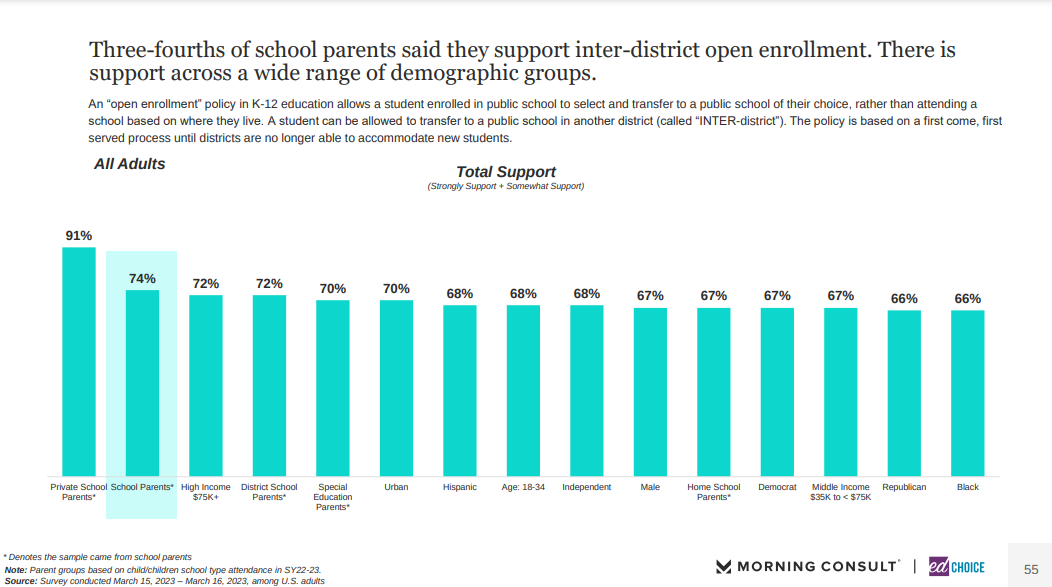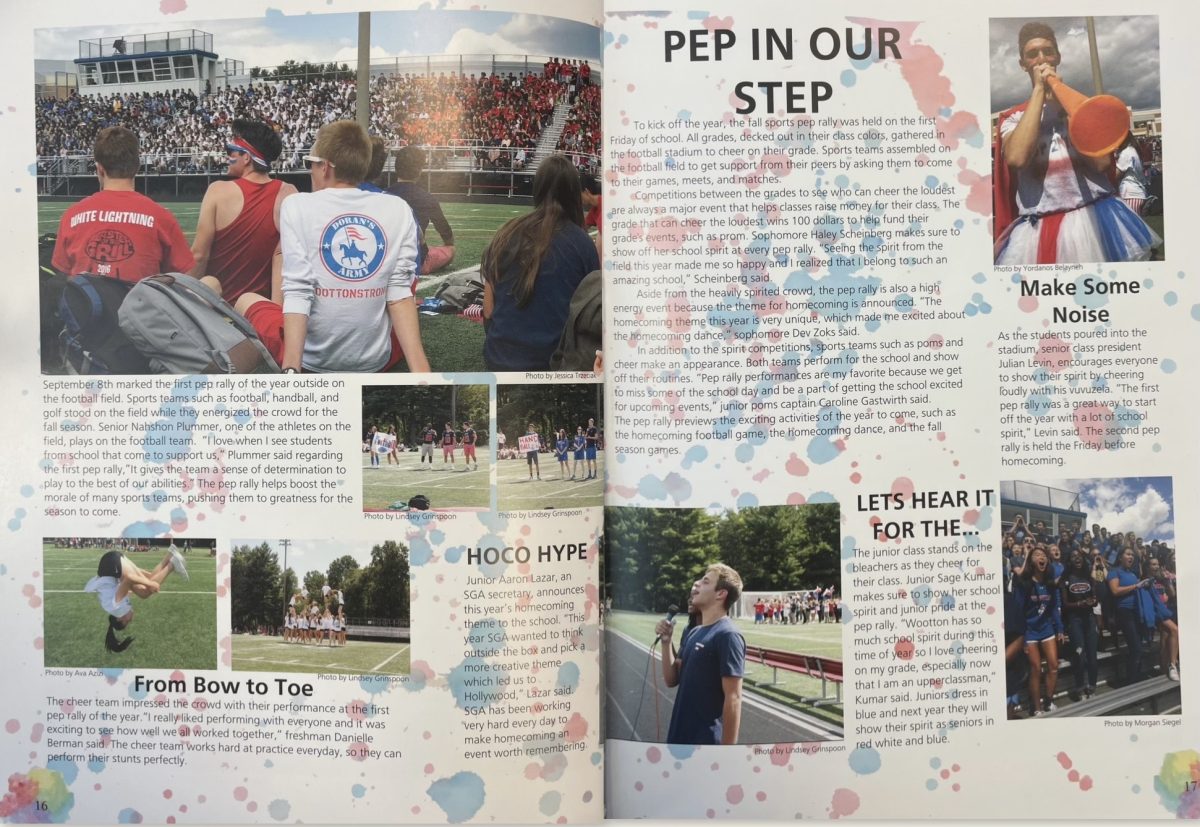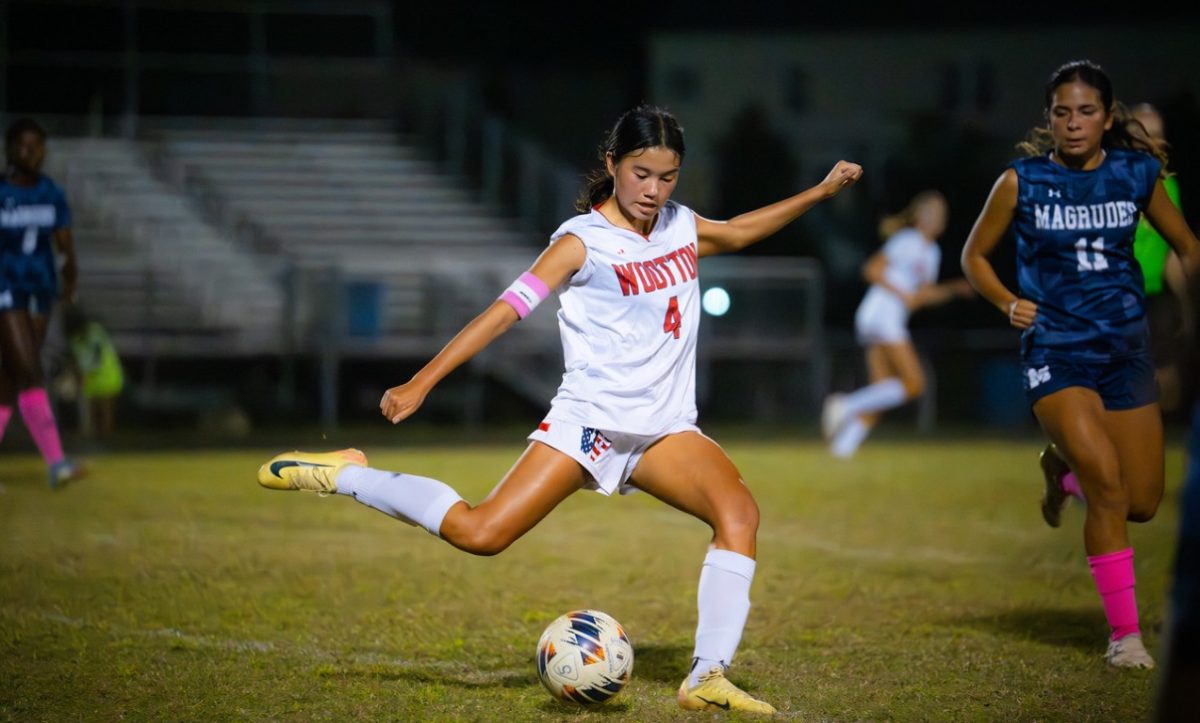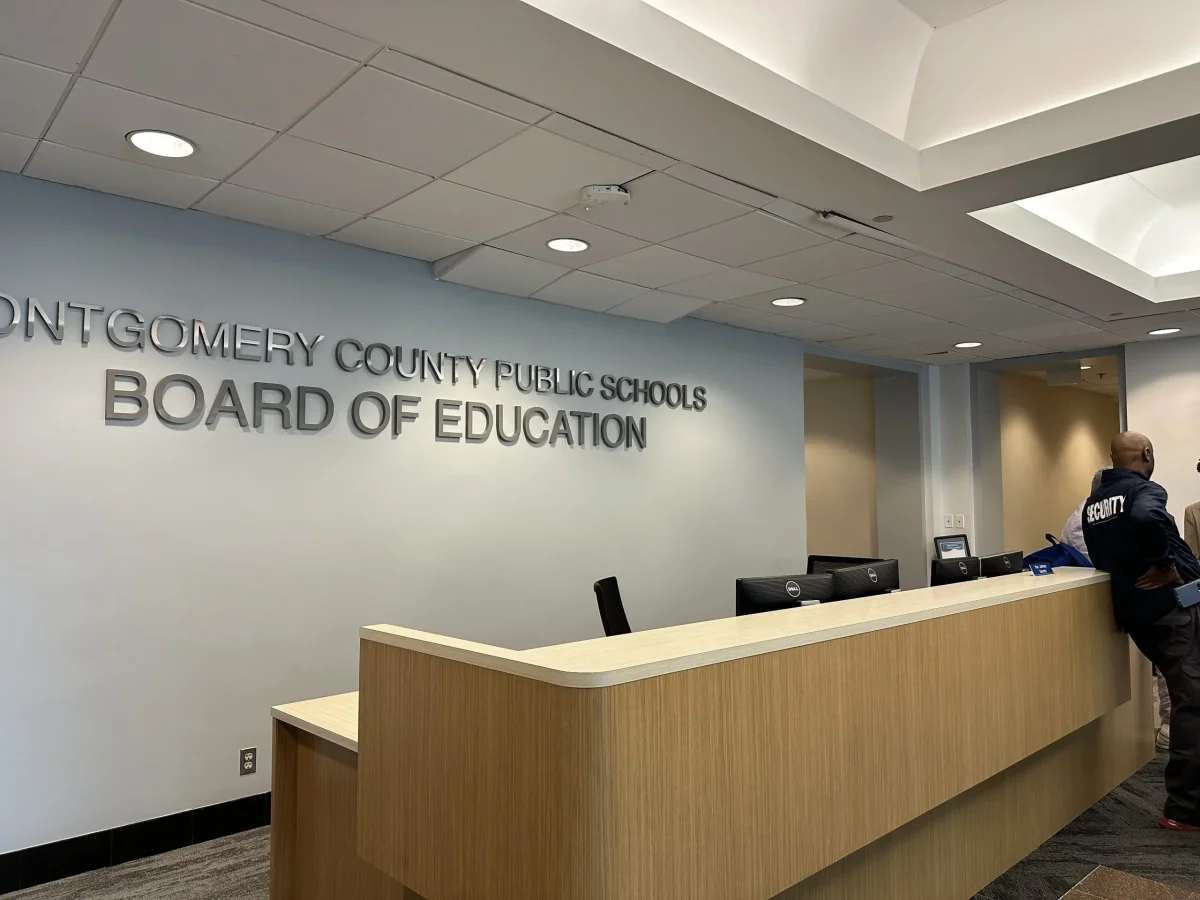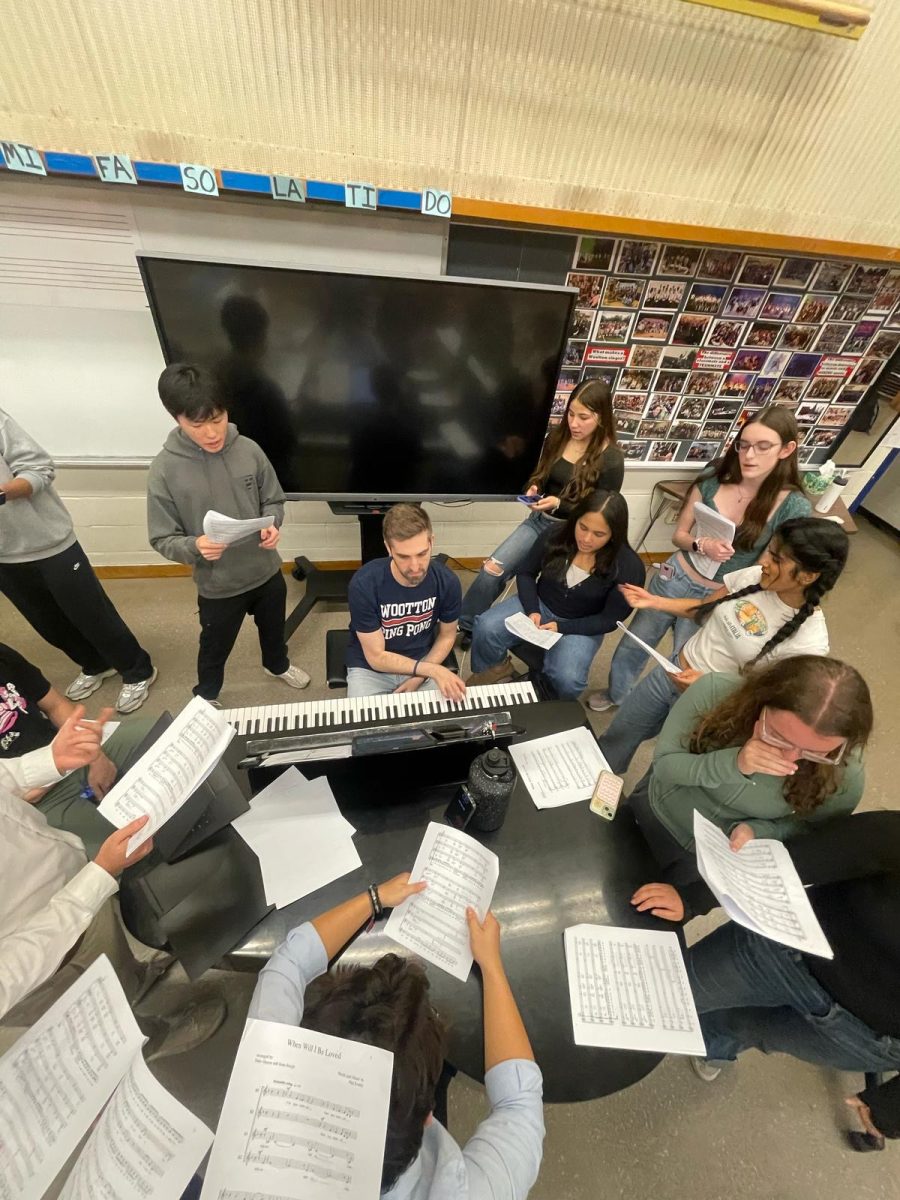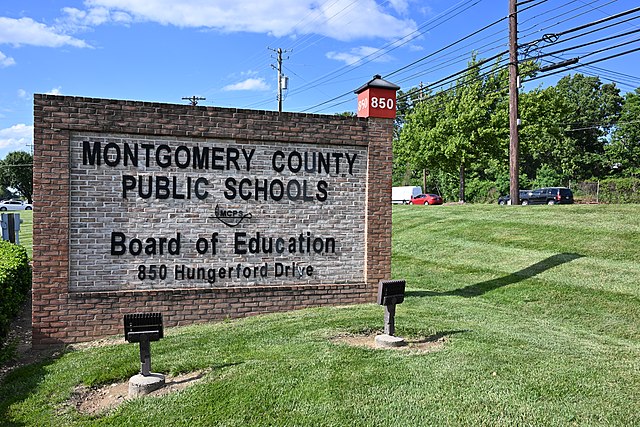MCPS doesn’t have an open enrollment policy for its high schools because Maryland state law prevents it. Open enrollment is a policy that allows students to enroll in any school they’d like and not based on where they live; 16 states currently allow statewide cross-district enrollment and 13 have within-district open enrollment.
School districts often oppose open enrollment policies because of property values. Housing costs and school quality are tied together so schools in high-value areas get more funding and schools in lower-value areas get less funding. Funding is based on local property taxes, which means obtaining a good education requires either expensive rent or a large mortgage.
Schools in lower-income areas don’t get as much funding, so it’s harder to have competitive academics, sports, humanities or tech programs that help kids get good educations. If an open enrollment policy is implemented, there would potentially be a mass exodus from lower-income schools. This is what most school districts want to prevent, but parents like this so they can get their kids a good education.
Unsurprisingly, parents and students across the nation support an open enrollment system. According to EdChoice’s March 2023 national survey data, 70% of parents with children in public schools are in favor of it. This report also found that school district administrators in Arizona, North Carolina, Indiana and Florida believe open enrollment incentivizes them, “to create new or enhance existing programs to increase and retain enrollment.”
Open enrollment benefits districts – they will easily see gaps in their schools and incentivize them to improve their programs. This creates greater competition between schools and incentivizes programs in all subjects. As an example, instead of having one or two schools with top-tier math programs and the rest of the county having average, open enrollment makes schools improve so the majority of the county would have amazing math programs because the system forced the schools to improve.
While Maryland doesn’t allow public open enrollment, certain circumstances allow kids to enroll in a school outside of their zip code. For example, a student may be able to request a school transfer if they move during the school year, if they are a child of an employee at the school they wish to transfer into, or if a health professional recommends a different school environment.
An option that allowed students in MCPS to have open enrollment was the Downcounty Consortium (DCC), a group of five schools in MCPS including Einstein, Kennedyl, Montgomery Blair, Wheaton and Northwood. Introduced in 2004, high schools in the area offer different academy programs catered to students’ interests. Different schools have different programs, including business management, musical theater, international studies and law. The choice process is a lottery system. Students apply at the end of ninth grade and start in 10th. Students can choose the school they want.
When the Downcounty Consortium started, schools chose to be in the program. However not all schools wanted to be in the program, specifically Sherwood. Each school being considered had a signature program, for example Paint Branch had science and media. The schools would compete for students, making programs stronger and more distinct and discouraging them from leaving for private schools. If the schools failed to integrate, a “controlled choice” program would take over, assigning students based on race and ethnicity.
Sherwood never made it into the consortium because of parent complaints about long bus rides and unspoken concerns about mixing Sherwood students with Springbrook and Paint Branch. This concerned parents because it would be mixing predominately white and affluent kids with poorer and majority-minority students. “Sherwood parents [were] afraid of their kids going to Springbrook,” Pat Ryan, a civic activist who helped plan the consortium, said during a 2008 interview.
The consortium still exists as an experiment today for MCPS, and there have been other tests among counties in Maryland for open enrollment. They have been unsuccessful for those who tested open enrollment and Maryland got rid of it altogether.
Open enrollment was barred for general students in 2001 when schools in Howard County received complaints about the chaos it caused during redistricting. In 2000, a few dozen children from one community switched en masse from Wilde Lake Middle School to the new Lime Kiln Middle School.
The Howard County Board of Education restricted the policy in response to those complaints. Maurice F. Kalin, associate superintendent for planning said, “It’s probably time for open enrollment to end.”
Aside from magnet programs and some exceptions, Maryland counties typically don’t allow children to attend schools outside their districts. They should though, because the benefits of having parents choose what education their kids get is important, and helping school districts understand what schools and programs need will help to improve their schools altogether.


